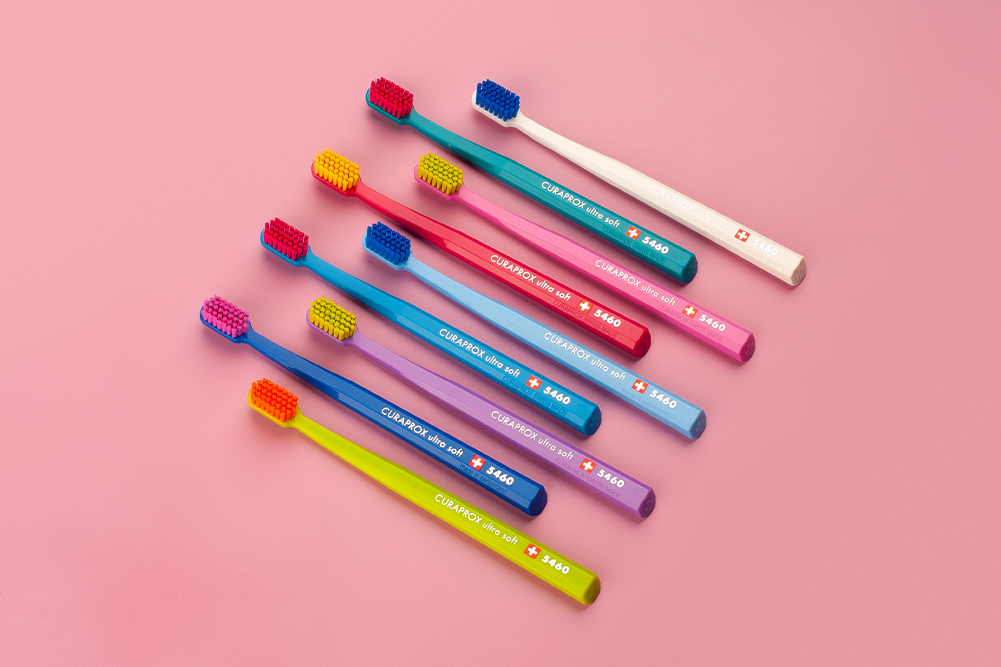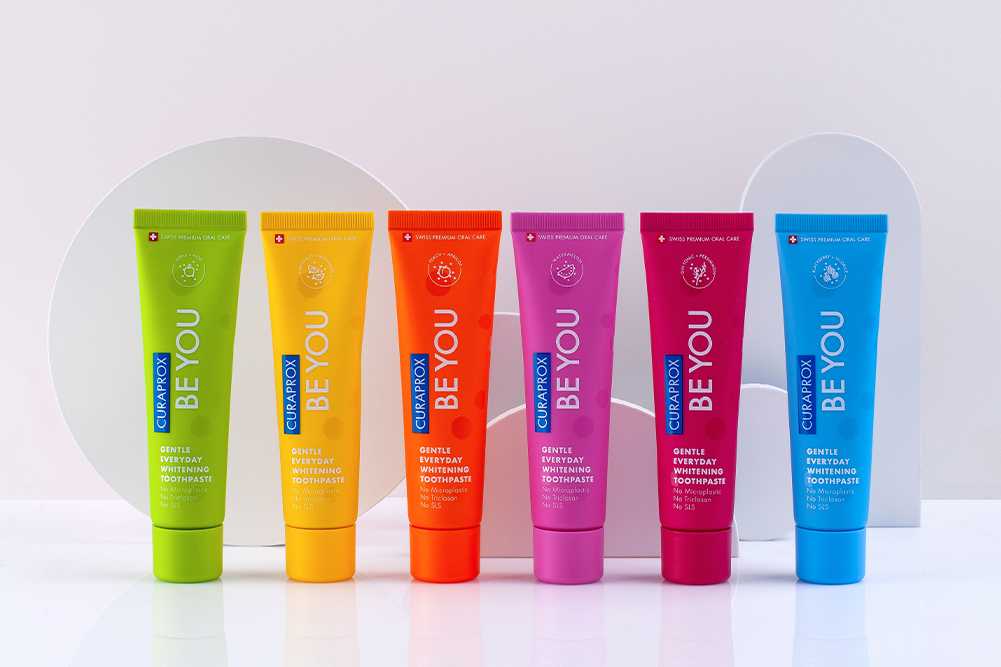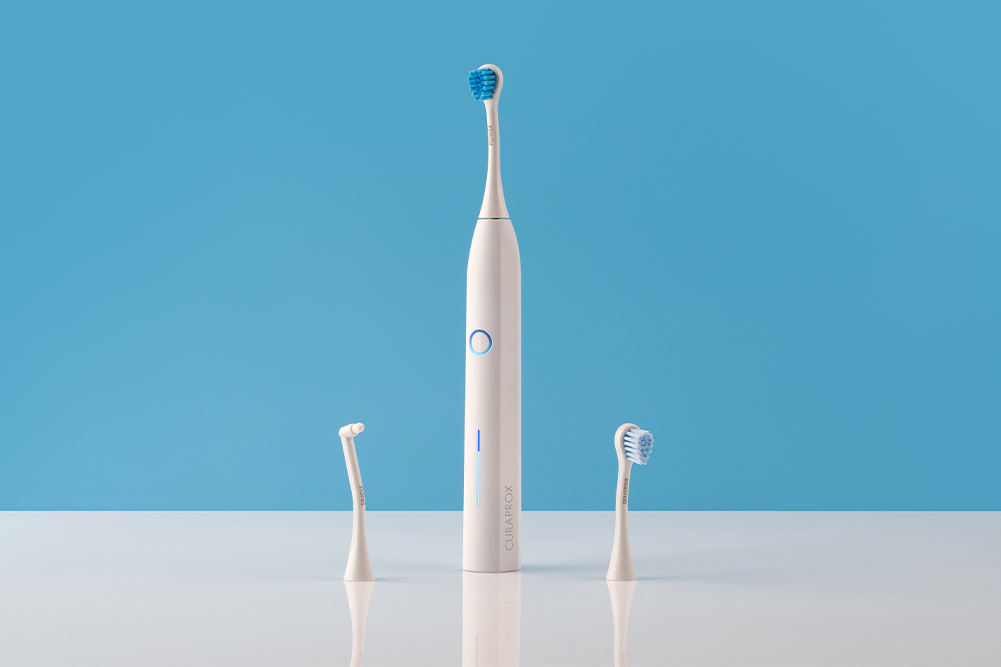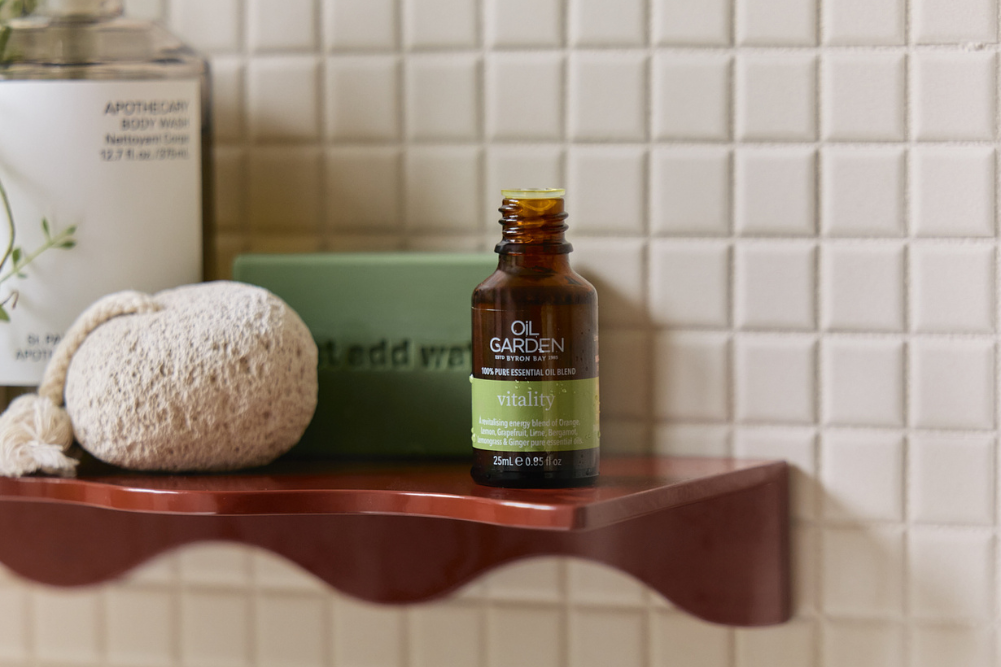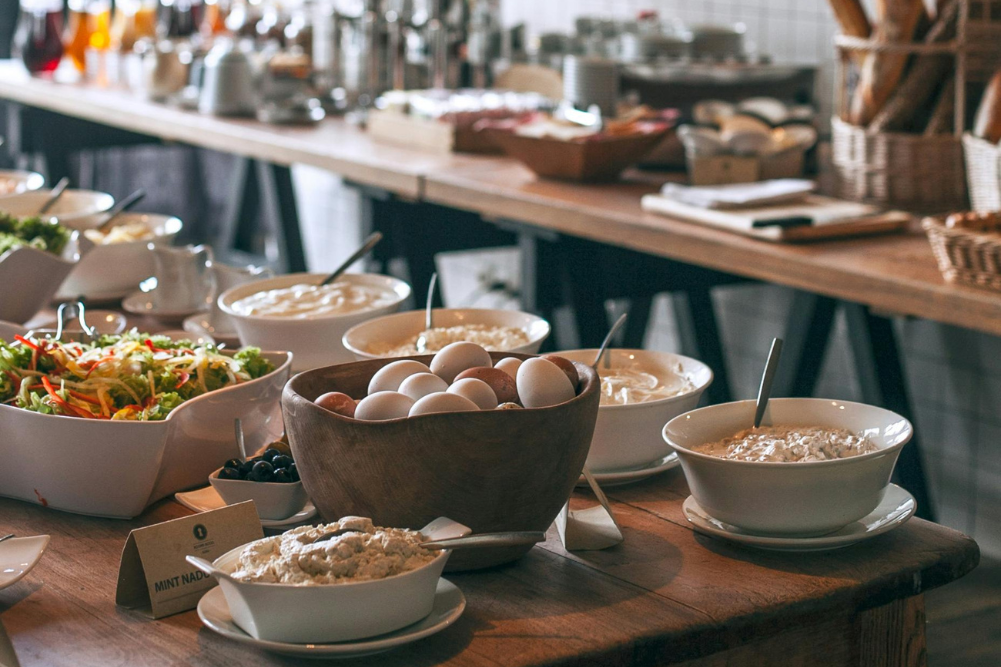Glowing from within
Does the secret to radiant skin lie on your plate? A nutrient-rich diet may naturally enhance hydration, stimulate collagen production and shield your skin from damaging free radicals. We investigate strategic food choices to nourish your natural beauty.
As young teens, my friend Ann and I would scoop up fistfuls of mud, slather it on our faces and grin at each other as we sat in the sunshine. With our mud masks cracking, we’d nibble carrot sticks and stolen mulberries from the tree that hung over the back fence. While our organic mud masks might have beauticians cringing in horror, it turns out our healthy snacks were right on the money for natural beauty, and by eating the right kinds of foods, you can achieve more radiant skin.
Barefaced beauty
What began with a trickle of environmental consciousness is now a growing global movement that celebrates natural beauty and a fresh and dewy look. It’s all about ditching make-up and embracing the beautiful skin that you are in. While more people are experimenting with fresh ingredients for natural beauty products and discovering joy in making their own, along with this, eating right can boost your natural beauty.
Chew on this
Tracey Cook, nutritionist and naturopath from Botanica Medica, says our diet plays an integral part in skin health – no matter what our age or skin type. “Good skin really does come from within,” she says.
One nutritional powerhouse for good skin is vitamin A, says Cook. Beta carotene is found in orange vegetables such as carrots, pumpkin, sweet potato, red capsicum, peaches and apricots. The body converts beta carotene into vitamin A.
“After increasing your intake of these foods for four weeks, you’ll notice that your skin really starts to look more radiant, it will also be beneficial for your immune system.”
Here comes the sun
We all know the risk too much exposure to UV rays can have on skin. To reduce your risk, eat foods that are high in vitamin B3. Cook says a diet that is rich in vitamin B3 offers a protective element against skin cancers. “It’s certainly not well known, and it should be,” she says. Vitamin B3 is found in green leafy vegetables, macadamia nuts, walnuts, sunflower seeds and legumes.
Sugar rush
If you have problems with pimples or acne, reducing your refined sugar intake will help. High insulin levels can block the pores of your hair follicles, which can lead to increased sebum and the bacteria that causes acne. As well as ditching foods with refined sugar, Cook also suggests eating enough protein and essential fatty acids to decrease skin inflammation and acne. “This works every time,” she comments. If you feel like something sweet, you can snack on an apple or kiwi fruit. “Fruits like these that are high in fibre also help your bowel and microbiome, reducing skin inflammation.”
The smooth, velvety taste of chocolate is a habit that is hard to break. Chantel Ryan from The Minimalist Naturopath says if you do feel like eating chocolate, it’s important to be very selective. “I’m a chocolate lover myself, I eat dark chocolate as it is rich is antioxidants that can boost blood flow, increasing skin hydration,” she says. “But it must be high-quality 70 per cent-plus dark chocolate, so there isn’t a lot of added sugar and dairy, or you dilute the benefits.” You also need to limit yourself to a couple of squares a day.
Catch of the day
Emma Sutherland, nutritionist and naturopath from Studio You, says “Fish that is low in mercury is great medicine for the skin.” Oily fish contains Omega 3, which is ani-inflammatory and protective. “It helps to stabilise and strengthen the outer edge of the cell membrane,” she explains. “We want cell membranes that are plump and healthy; they pour oxygen in and toxins out.”
Choose mackerel, sardines, and salmon. Aim to eat fish two or three times a week and supplement it with a good-quality fish oil.
Berry nice
Berries such as blueberries and blackberries are packed with vitamin C. “Vitamin C is important for collagen production and it helps to mop up oxidative stress in the skin,” Sutherland explains.
For an added nutrient boost, berries are also rich in anthocyanins, a group of antioxidants found in red, blue and purple fruits and vegies. Go for fresh seasonal berries and wash well before eating. Or grab organic berries from the freezer section in your supermarket, so you always have some on hand.
Grab an avo
This nutritional dynamo is packed with vitamins C and E, which helps with skin repair. Avocados are rich in monosaturated fats, which keep our skin moisturised and supple, says Ryan. “They also contain vitamins A and C, which protect your skin from oxidative damage.” Add an avo to toast or salads, make a salad dressing, grill it, slice it, dice it or blend it in a smoothie.
Luscious lemons
Lemons not only cleanse the liver, but they are also chock full of vitamin C, which helps to neutralise free radicals. Maddy Dixon, author of The Botanical Beauty Hunter, says this helps us to regenerate collagen and elastin, which binds skin cells together giving us firm, younger-looking skin.
Add a splash of lemon to a summer punch, or top up soda water and add a slice. Use it to make fresh fruity desserts, add slices to fish and bake it or add a lemony citrus burst of flavour to your favourite casserole or summer salads.
A sip of green tea
Green tea has a diverse range of therapeutic properties. Not only can popping a couple of tea bags on your eyes help to reduce puffiness, drinking it is great for skin health. Sutherland says polyphenols in green tea serve to protect against UV-induced aging. “Look at the research and we can see we really need to get around 300ml per day, for therapeutic action,” she says. Buy good-quality green tea and aim for a couple of cups a day.
Plump up the volume
Water is a natural skin elixir. If you don’t drink enough water, your skin can become flaky and lose its rosy glow. Dietitian and nutrition consultant Joel Feren, from The Nutrition Guy, says it’s important to drink up to hydrate your skin. “Aim for about 2L of water each day, the equivalent of eight glasses,” he suggests. Add some hydrating foods to your diet too – in summer, a slice of juicy watermelon, a fresh crunchy apple and citrus such as oranges and mandarins.
Ditch these foods
To keep your skin feeling smooth and supple, there are certain foods that should be avoided or, at the very least, consumed frugally. As well as high-sugar foods, Feren says the main culprits are alcohol and high- GI carbohydrates. “These foods and beverages can dehydrate the skin, make you more prone to acne and reduce your skin’s natural glow, making it look grey,” he explains. “By all means, have a tipple if you choose or indulge in something sweet but, like with most dietary recommendations, don’t go overboard!”
These days, more and more people are eating plant- based diets. Sutherland says caution is key as the nutritional benefits for your skin and overall health can vary. “What I would caveat on this is that it is the type and quality of your plant-based diet that counts,” she notes.
Highly processed plant-based products such as texturised vegetable protein or highly processed soy cheese are a no-go zone as these can be high in sugar, preservatives, additives or salt. “We know the research links highly processed food with ageing, because it causes so much inflammation,” she says.
You’ve got to move it
Getting moving is also important for good skin health. Ferren says movement “…creates blood flow, which helps with oxygenation of the skin, regular exercise improves circulation, thereby delivering more nutrients to the skin.” Japanese researcher Ryosuke Oizumi and colleagues explain how this combination works. “It’s been shown to improve skin structure and rejuvenate its appearance, possibly through promoting mitochondrial biosynthesis and affecting hormone secretion,” writes Oizumi.
Beautiful skin at any age
Fresh vegetables, fruits, lentils, whole foods and in-season produce, foods that are closest to Mother Nature, are ideal skin foods.
In your 30s, the focus is on prevention. Eat antioxidant-rich foods to combat those early signs of ageing, to maintain collagen production and to protect from environmental damage. Ryan suggests incorporating a rainbow of fruits and vegetables, leafy greens, capsicum and citrus.
Your 40s is when you’ll see some hormonal changes, such as perimenopause. Ryan says this can impact your skin, causing dryness. “Your skin might have reduced elasticity. To counter this, eat more omega 3 fatty acids, low-mercury fish, flaxseeds and walnuts,” she says. “This reduces inflammation and helps to keep your skin hydrated.” Also increase your intake of phytoestrogen with soy, flaxseeds and legumes.
In your 50s and beyond, the skin becomes thinner, making it more prone to dryness and wrinkles. Ryan suggests focusing on hydration to combat dryness and eating collagen-boosting food such as bone broth to support skin structure. “Consuming enough protein is also important at this age, to support skin repair and regeneration,” she adds.

